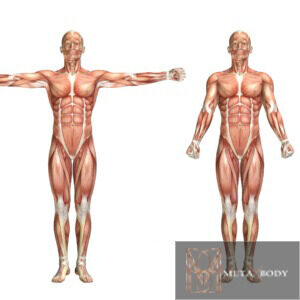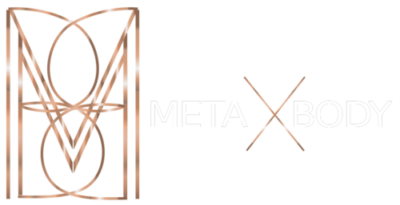As we well know, in the field of fitness,
Various myths of muscle group training have been created, spread mostly by the ignorant, including: “To lose weight, I have to do many hours of cardio and maximum intensity training”; “If I do a lot of sit-ups every day, I burn the fat from the waist”; “You can eat anything as long as you exercise” etc.
Well, today we will talk about the myth of training that includes the opposite muscles, if it is good to work them on the same day, or on different days.
As you all probably know, bones and muscles together make up the body’s musculoskeletal system. Bones provide the body’s structured support, and muscles give it the ability to move, due to their ability to contract.
Bones connect to each other through joints, and ligaments play an important role in holding the various parts of the body together. Skeletal muscles are attached to bones by tendons and come in various shapes and sizes depending on the role they play in the movement process.

The muscles that participate in making a movement can have various roles:
– the agonists – are the main muscles, the ones that initiate and carry out the basic movement.
– the antagonists – are the muscles that act in the opposite direction to the basic movement, modulate it and are responsible for returning to their initial position.
– synergists – are the muscles that participate to a lesser extent in making the movement, acting on the same joints as the agonists. They are also called neutralizers because they annihilate movements that tend to change the plane in which the basic movement must be performed.
– the fixators – these muscles fix the rest of the body, so that the desired movement can be achieved more easily. They are also called stabilizing muscles.
More precisely, the opposite muscles, the ones we are talking about in the present case, are represented by the agonist and antagonist muscles (for example biceps-triceps; chest-back; quadriceps-biceps femoris, etc.).
Now that we have explained from an anatomical point of view, we will make a synthesis on training in the fitness room. The most common training in the field is the one that focuses strictly on a single muscle group per day. This is common because it is said that “a complex workout, which includes the opposite muscles, can be tiring” or “we will not get the same results as when we work the muscles separately” which is wrong.
I assume that everyone has heard of Arnold Schwarzenegger, a well-known actor, but also a former bodybuilder with award-worthy results in competitions. He dispelled this myth, proving that by training the opposite muscles on the same day you can benefit from faster results.

What is agonist-antagonist training and what are its benefits?
Agonist-antagonist training ensures an equal volume of work with all muscle groups to develop and maintain muscle balance, in other words, this type of training is effective because it ensures that both parts of the body receive the same attention.
At the same time, they increase the practicality and decrease the time spent in the gym, more precisely, they save time.
Thus, the harder you train, the more gains you attract, and all in less time.
How can I do agonist-antagonist training?
The agonist/antagonist training method, as I said, is a high-intensity training method where you train opposing muscle groups with each workout. This is also called superset training. Exercises are performed in pairs, targeting opposed muscle groups and without a break between them.


